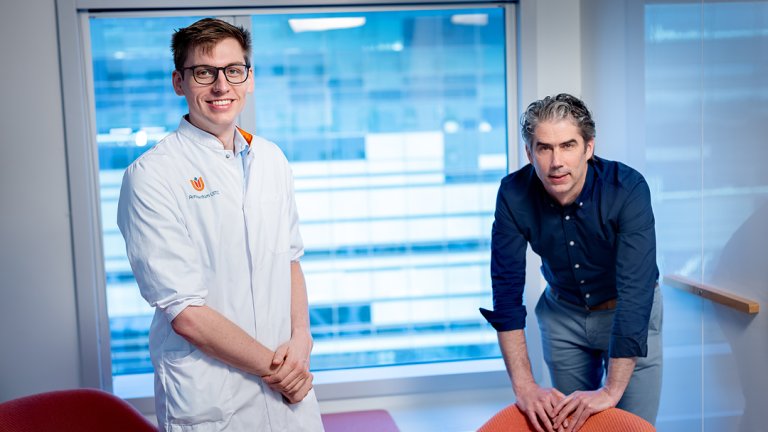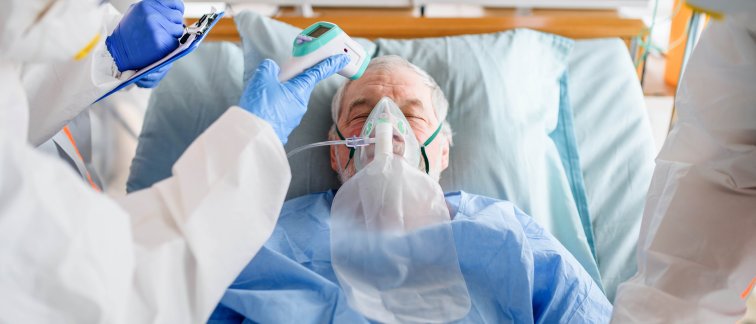The diaphragm, a dome-shaped muscle that lies between the thorax and abdomen, is the most important muscle for generating the movements of breathing. As such, weakness of the diaphragm can contribute to difficulties in weaning from the ventilator. Whether COVID-19 had a specific effect on diaphragm function in ventilated patients was unknown and required further study.
Teamwork and a strong connection between the laboratory and the clinic allowed us to generate these fascinating data in a shorter timespan than we had thought possible.
What we did
Historically, Amsterdam UMC has had a strong connection between pre-clinical and clinical researchers interested in diaphragm function. In the past, this allowed us to collect diaphragm biopsies from relatively healthy patients and ICU patients, and has led to new insights in diaphragm weakness. As the pandemic developed, we quickly set up a research team to collect diaphragm biopsies from patients that had died from COVID-19. These samples were transferred to the Physiology laboratory in the O2 building, where a vast array of structural and functional tests were conducted. These data were correlated with several clinical characteristics including duration of ventilation, compliance of the lungs and levels of steroids or inflammatory markers that were collected in the clinic.

What we have learned
We were the first in the world to show that diaphragm muscle fibers possess the required receptors for the corona virus to enter the muscle fibers. Additionally, we were the first to observe that virus particles had indeed invaded the diaphragm muscle fibers. Interestingly, some patients with COVID-19 had extensive fibrosis of the diaphragm, which can make the muscle stiff. This might explain why some patients required such a long time to be weaned from the mechanical ventilator. We are currently performing an MRI study to investigate whether this extensive fibrosis of the diaphragm is present in discharged COVID-19 patients.
How patients benefit
Extra care can be taken to ensure that patients with COVID-19 train their respiratory muscles to recover. Future studies should identify the specific pathways that lead to diaphragm stiffening, and might provide targets for preventing this process altogether.


